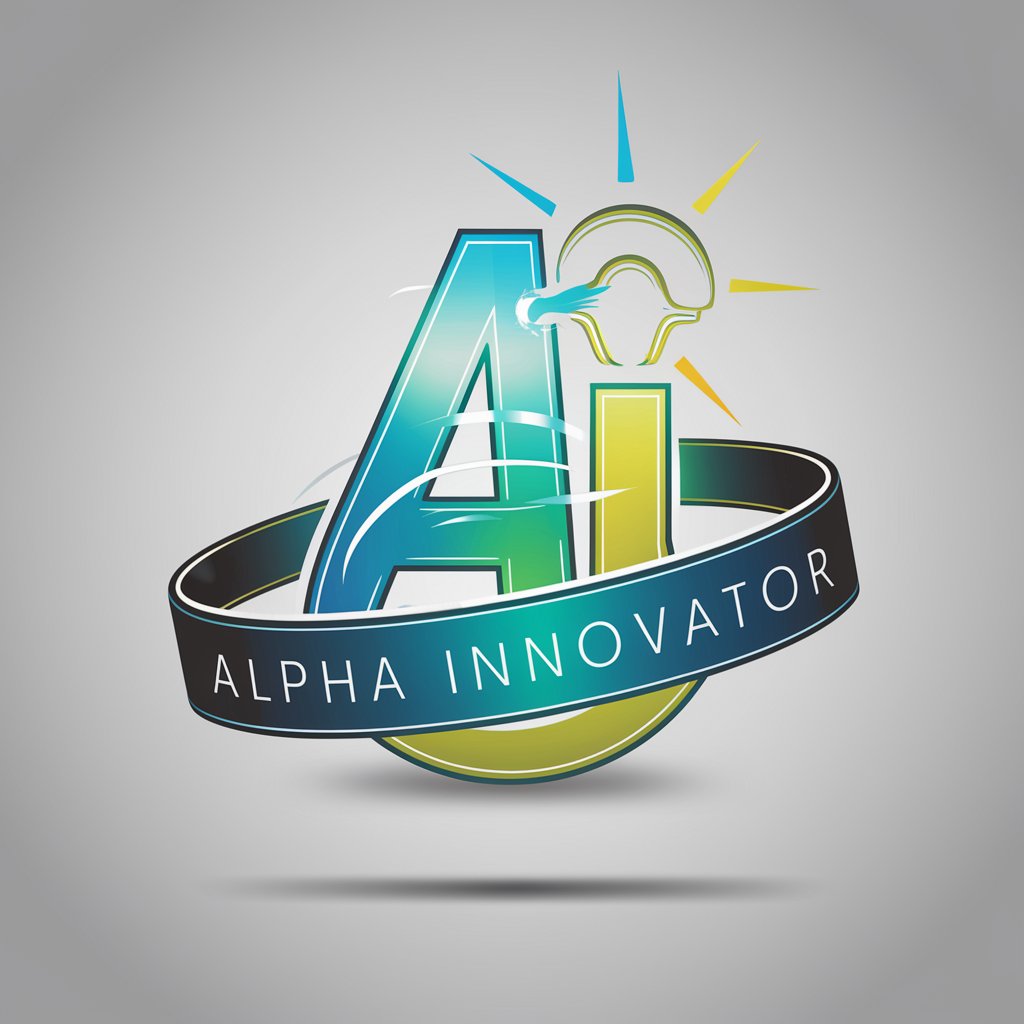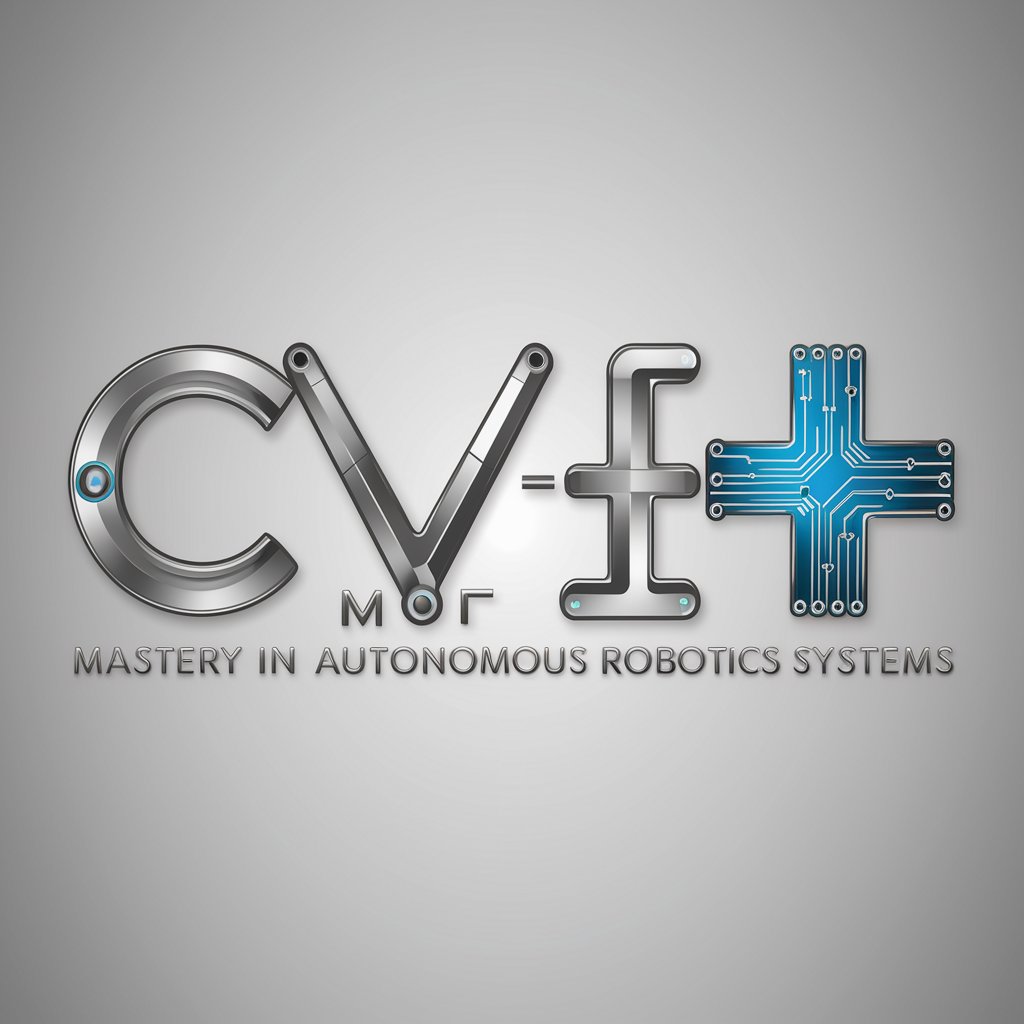Bridging Hardware and Software with C - C-Based Hardware Bridging

Welcome! Let's dive into hardware and software integration with C.
Empower hardware with AI-driven C integration
Explain the steps to write a basic device driver in C for a custom hardware component.
Describe the key security considerations when developing device drivers in C.
How can I optimize my C code for better performance in hardware communication?
What are the best practices for testing device drivers across different operating systems?
Get Embed Code
Bridging Hardware and Software with C
Bridging Hardware and Software with C involves creating a seamless interface between the physical components of a computer or device and the software that controls them. This process is critical for the functioning of any hardware device, from simple peripherals like keyboards and mice to complex systems like graphics cards and network adapters. The design purpose behind this bridge is to allow software developers to interact with hardware at a low level, providing direct control over the device's operations through the use of device drivers written in the C programming language. C is chosen for its close-to-metal performance characteristics and control over system resources, making it ideal for writing efficient and high-performance drivers. An example scenario illustrating this aspect is the development of a device driver for a new GPU. The driver translates high-level graphical commands into specific instructions that the GPU hardware can execute, enabling software applications to utilize the GPU for rendering 3D graphics efficiently. Powered by ChatGPT-4o。

Core Functions of Bridging Hardware and Software with C
Device Communication
Example
Writing a USB driver in C
Scenario
Enables a computer to recognize and interact with USB devices, facilitating data transfer and device control.
Hardware Initialization and Management
Example
Developing a driver for initializing and managing a solid-state drive (SSD)
Scenario
Allows the operating system to correctly identify, initialize, and communicate with the SSD, optimizing data storage and retrieval operations.
Real-Time System Support
Example
Implementing a C program for a microcontroller to control a robotic arm
Scenario
Provides precise control and real-time feedback for the robotic arm's movements, essential in automation and manufacturing processes.
Interface Abstraction
Example
Creating an abstraction layer for different types of network adapters
Scenario
Allows software applications to communicate over a network without needing to know the specifics of the underlying network hardware, promoting portability and scalability.
Performance Optimization
Example
Optimizing memory access patterns in a graphics driver
Scenario
Enhances the throughput and efficiency of graphics processing, leading to smoother visuals and better performance in video games and graphical applications.
Ideal Users of Bridging Hardware and Software with C Services
Embedded Systems Developers
Professionals working on embedded systems, such as IoT devices, automotive controllers, or consumer electronics, benefit from direct hardware control and optimization capabilities.
System Software Developers
Developers focused on operating systems, device drivers, and low-level programming need the ability to interact closely with hardware for performance and functionality.
Hardware Manufacturers
Companies that produce hardware components require efficient and reliable drivers to ensure their products can be effectively utilized by software, necessitating expertise in bridging hardware with software.
Performance Engineers
Specialists in optimizing software and hardware interactions for maximum performance, particularly in high-demand scenarios like gaming, scientific computing, or data centers.
Technology Educators and Researchers
Academics and researchers studying computer architecture, hardware, or low-level software programming can use these services to illustrate concepts and develop new technologies.

Guidelines for Using Bridging Hardware and Software with C
Initiate a Free Trial
Start by accessing a complimentary trial at yeschat.ai, bypassing the need for account creation or subscribing to ChatGPT Plus.
Understand the Fundamentals
Grasp the basics of hardware-software interfacing and the C programming language, ensuring you have a solid foundation in both areas.
Identify Your Hardware
Determine the specific hardware components you wish to interface with and gather their technical specifications and communication protocols.
Develop Your Driver
Utilize your understanding of C to create efficient, robust drivers that facilitate communication between your chosen hardware and software.
Test and Optimize
Rigorously test your drivers across various systems and use cases, optimizing for performance, compatibility, and security.
Try other advanced and practical GPTs
GIF · Animation Studio
Animate Your Ideas with AI

Cartoonize Me
Bringing Photos to Life with AI

Business and Coaching Guide
Empowering Success with AI-Powered Insights

Alpha Innovator
Empowering Generation Alpha with AI-driven Learning

MakeGPTs
Empowering Custom AI Solutions

Philosophize With Me
Unlocking Wisdom, Inspiring Growth

C++ Mastery in Autonomous Robotics Systems
Empowering Robotics with AI-Driven C++ Coding

Escape the Dungeon
Strategize Your Way Out of the Dungeon

Essay Helper
AI-Powered Writing Companion

Community Planner
AI-powered community project planning.

AI Ethics Guardian
Empowering Ethical AI Decisions

Case Reflection Assistant
Empowering Social Work with AI Insights

In-Depth Q&A about Bridging Hardware and Software with C
What is the role of C in hardware-software bridging?
C plays a crucial role in hardware-software bridging by providing low-level access to hardware resources, enabling the development of efficient and direct interactions between hardware components and software applications.
How do I choose the right hardware for interfacing?
Selecting the right hardware involves understanding the requirements of your application, the specifications of the hardware, and ensuring compatibility with the operating system and the C programming environment.
What are some common pitfalls in driver development?
Common pitfalls include neglecting to handle hardware-specific edge cases, underestimating the importance of concurrency management, and overlooking the need for thorough testing across different environments and use cases.
How can I ensure my driver is secure?
To ensure security, adopt secure coding practices, regularly audit your code for vulnerabilities, validate all inputs, handle errors gracefully, and stay updated on best practices and potential threats in driver development.
What resources can assist in learning more about this field?
To deepen your understanding, consider exploring technical documentation, engaging with community forums, attending relevant workshops or conferences, and studying the source code of existing drivers.
